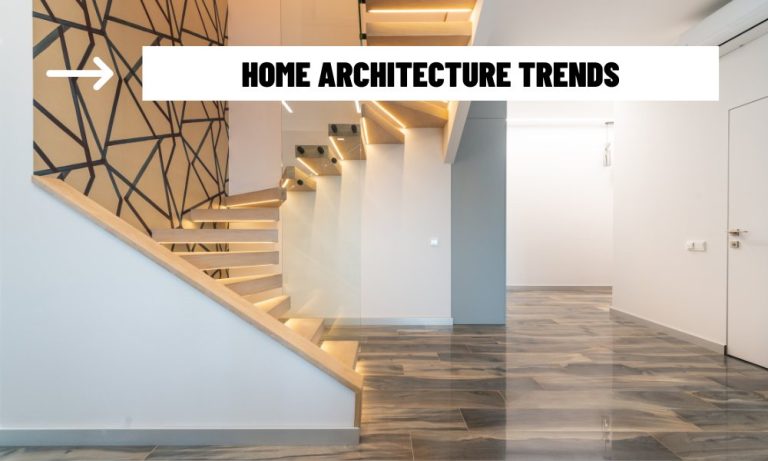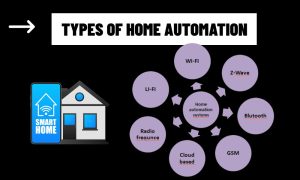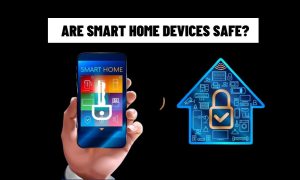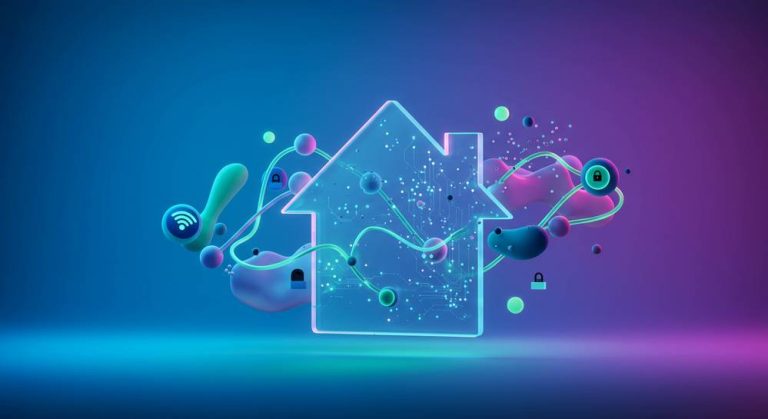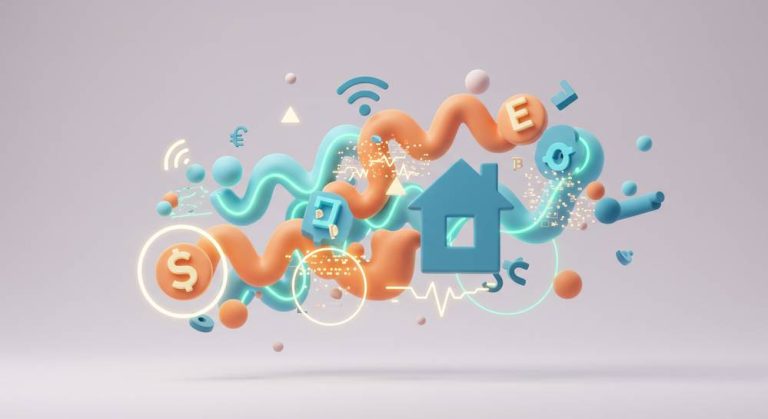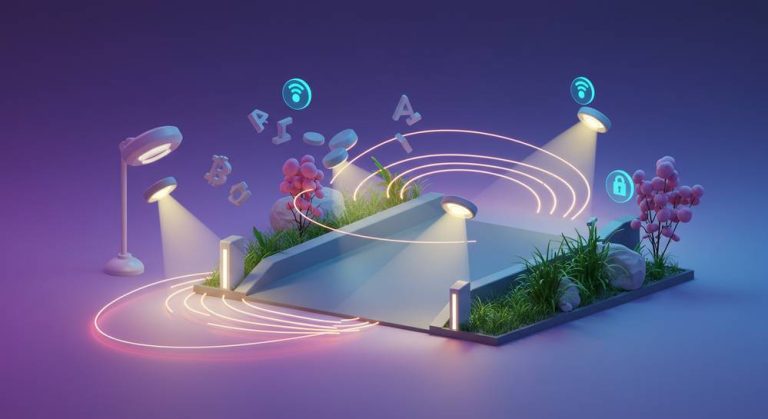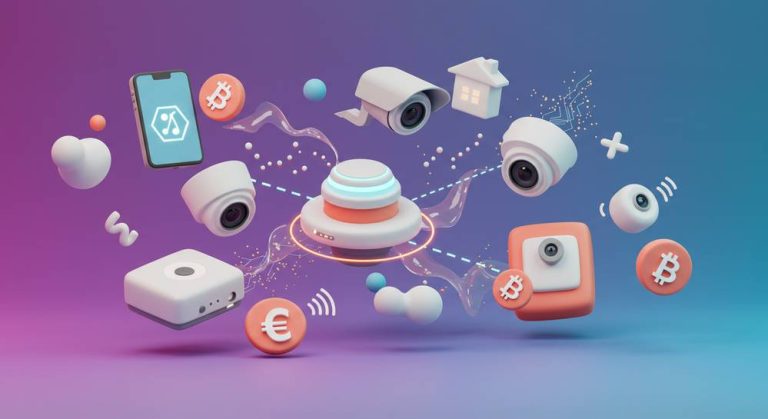In just a few short years, electronic home automation has moved from concept to necessity. What was once a domain reserved for tech enthusiasts has become integral to everyday living. By 2025, intelligent systems are transforming residential environments, enhancing comfort, efficiency, security, and even wellness. As automation becomes more personalized and integrated, understanding its current scope and future trajectory is crucial for both homeowners and industry professionals.
Inside the Smart Home Revolution
From Smart Devices to Intelligent Ecosystems
The early days of home automation revolved around isolated smart gadgets—smart bulbs, thermostats, or voice assistants. Today, the focus has shifted to connected ecosystems that unify various technologies under centralized control. Platforms like Apple HomeKit, Google Home, and Amazon Alexa are no longer just convenient—they’re foundational.
However, the game-changer in 2025 is the widespread adoption of the Matter protocol, which allows devices from different brands to work together reliably. This interoperability simplifies installation, reduces redundancy, and boosts long-term value for homeowners.
Artificial Intelligence as the Brains Behind the Home
AI is no longer just a feature—it’s the core driver of automation. In 2025, AI systems do more than respond to commands; they anticipate needs. AI-powered homes analyze daily routines, weather conditions, occupancy patterns, and even user emotions through ambient sensors.
For example:
- A smart kitchen might recognize that you typically cook at 7 PM and preheat the oven accordingly.
- Smart blinds automatically adjust throughout the day based on sunlight and energy consumption patterns.
- Voice assistants can now distinguish between household members and deliver personalized responses.
This proactive intelligence transforms automation from reactive convenience to predictive living.
Energy Automation: Efficiency Meets Sustainability
Rising energy prices and growing environmental awareness have pushed smart energy management to the forefront of home automation. In 2025, more homes are equipped with:
- AI-based climate control systems.
- Solar energy optimization platforms.
- Real-time energy usage dashboards.
- Automated appliance scheduling based on peak/off-peak energy hours.
Notably, many systems now integrate with utility companies and offer dynamic pricing response—automatically adjusting appliance usage during high-tariff periods to reduce costs.
Automation is no longer just about luxury—it’s also about sustainability and savings.
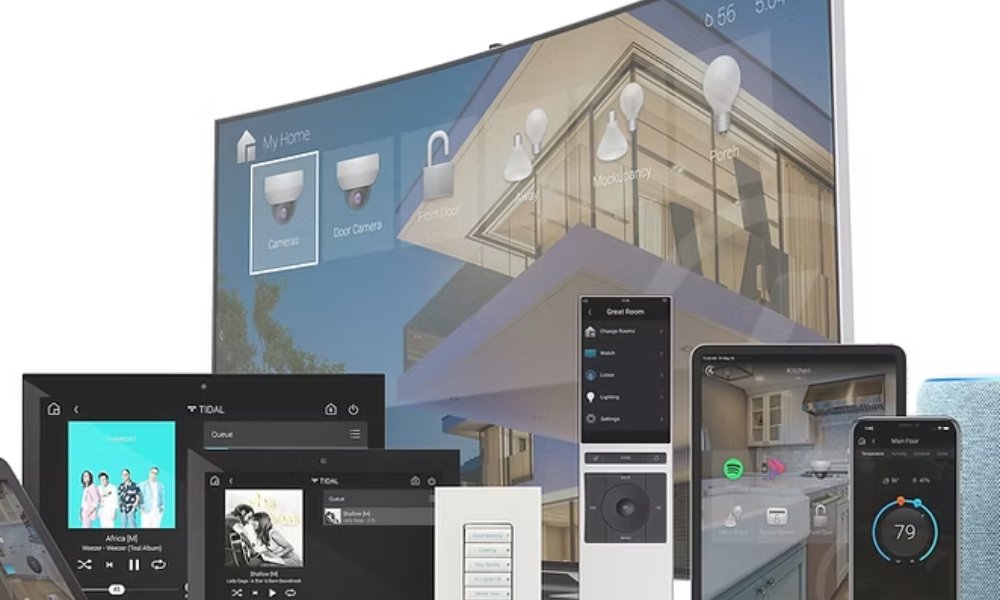
Security Goes Beyond Cameras
Modern security in electronic home automation has evolved far beyond traditional alarm systems. In 2025, homeowners have access to:
- Biometric access control (facial recognition, fingerprint scanning).
- AI-powered surveillance with real-time behavioral analysis.
- Remote control of locks, cameras, and alarms from mobile apps.
- Geofencing that arms or disarms systems based on the homeowner’s location.
Additionally, cybersecurity is becoming a major pillar. With the increased interconnectivity of devices, companies are investing heavily in encrypted communication protocols, blockchain-based identity verification, and secure local storage to prevent data breaches.
A Focus on Wellness and Health Automation
One of the most exciting evolutions in electronic home automation is the integration of health and wellness technologies. Especially in a post-pandemic world, the demand for clean air, safe environments, and holistic well-being has surged.
Homes in 2025 may include:
- Air quality monitors that trigger ventilation or purification automatically.
- Smart mirrors with integrated fitness trainers and posture correction.
- Circadian lighting systems that mimic natural light to improve sleep cycles.
- Touchless interfaces in kitchens and bathrooms for hygiene.
The home is no longer just a shelter—it’s a health hub, and automation is playing a central role.
Voice, Vision, and Multimodal Interfaces
While voice assistants remain popular, 2025 sees the rise of multimodal interfaces—systems that respond not just to voice, but also to gestures, facial expressions, and even biometric data.
For example, your smart home could:
- Recognize when you’re stressed (via heart rate sensors or facial cues) and adjust lighting or play calming music.
- Use AR glasses to provide visual overlays of your energy usage in real-time.
- Combine motion sensors with voice commands to enhance accessibility for elderly users or individuals with disabilities.
This shift enables more natural and intuitive interactions, breaking away from the limitations of screens and apps.
Electronic home automation in 2025 is no longer about isolated smart gadgets—it’s about intelligent living environments. These environments are adaptive, secure, energy-conscious, and wellness-focused. As AI and interoperability standards continue to evolve, the smart home will increasingly become a thoughtful home—one that learns, responds, and cares for its inhabitants.
For homeowners, the future lies not in owning the most gadgets, but in choosing systems that integrate, adapt, and grow with their needs. For businesses, the message is clear: design for intelligence, not just connectivity.




